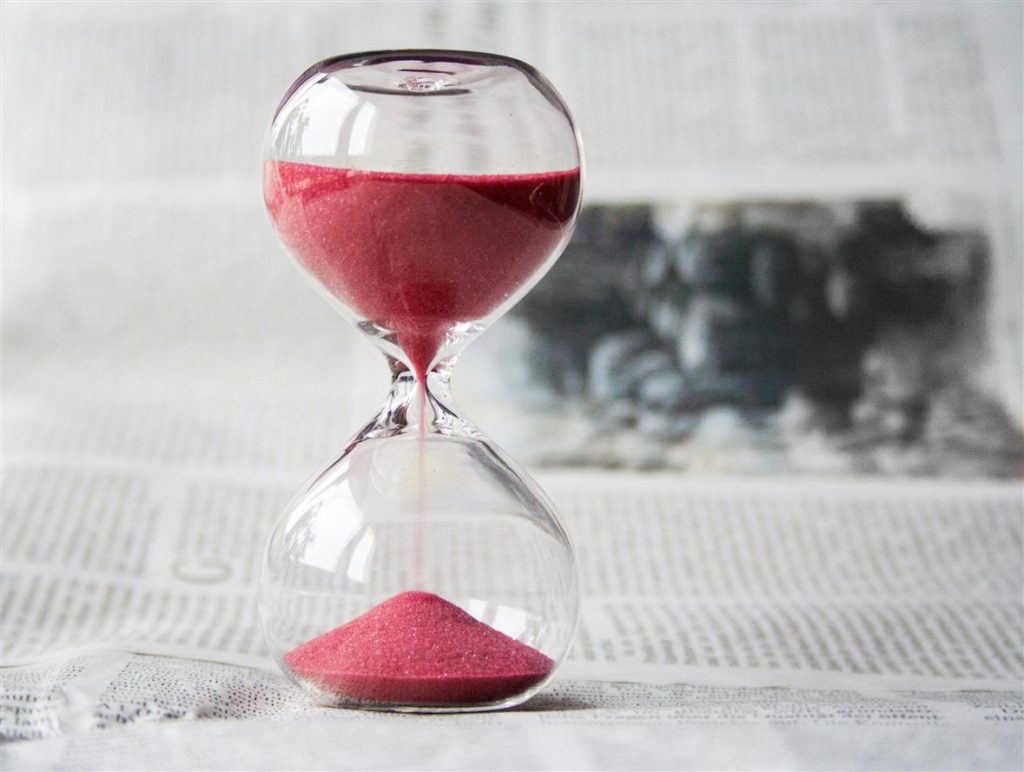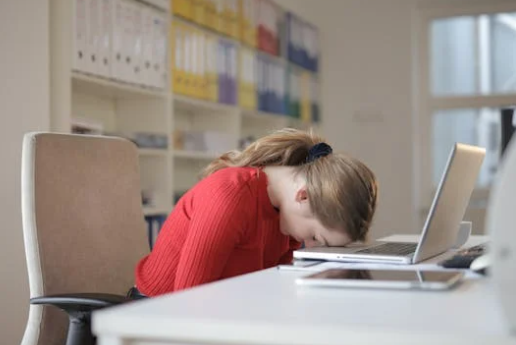
If you’re reading this, chances are you’ve felt it too—that creeping sense that your time isn’t quite your own anymore. Notifications pull at your attention before you’re fully awake. Messages pile up. Hours slip by as you scroll without meaning to. At some point, many people look around and ask a simple question:
Where did my day go?
That question is at the heart of a quiet but growing movement: digital detoxing. It’s not about rejecting technology entirely, but about rethinking our relationship with it—before it runs the whole show.
In 2025, with more apps, screens, and online obligations than ever, this trend isn’t just a lifestyle preference. For many, it’s become a personal necessity.
Why People Are Tapping Out (At Least Temporarily)
For years, tech promised us efficiency, entertainment, and connection. And to be fair, it’s delivered. We can work from anywhere, learn anything, and speak to anyone around the world in seconds.
But it also gave us something else: fatigue.
People are tired—not just physically, but mentally. Tired of endless tabs. Tired of the pressure to respond instantly. Tired of seeing every moment as a potential post. Even the most tech-savvy among us have started to question whether being constantly online is the best way to live.
For many, a digital detox isn’t about being anti-tech. It’s about creating space to think clearly again. It’s about seeing time as something to be protected, not filled.

What a Digital Detox Actually Looks Like
Forget dramatic retreats where you throw your phone into a drawer for 30 days. Most digital detoxes are subtle and personal—tweaks rather than total overhauls.
Here’s what it often looks like in real life:
- Turning off non-essential notifications. Many people start here. No more buzzing every time someone likes a post or sends a newsletter.
- Setting screen-free hours. Common blocks are the first hour of the morning or the last hour before bed. Even 30 minutes away from screens can shift your mindset.
- Moving social media apps off the home screen—or deleting them altogether. This reduces impulse use and creates a small barrier to mindless scrolling.
- Using actual alarm clocks instead of phones. So the first thing you see in the morning isn’t a flood of news or email.
- Dedicating certain days as “offline zones.” For example, no social media on Sundays, or no email after 6 PM.
The specifics vary. What matters is the intention behind them—creating boundaries, not punishments.
How It Changes You
Ask someone who’s tried a digital detox, and they’ll usually tell you the same thing: it’s harder than it looks. But also completely worth it.
1. Better Focus
Without constant digital interruption, your attention span starts to rebuild. You might read a full chapter instead of checking your phone every five minutes. You finish a task faster. Your thoughts feel less scattered.
2. More Meaningful Time
Time slows down in a good way. You notice your surroundings more. Conversations feel deeper. Meals aren’t interrupted. Walks become less about step counts and more about just being outside.
3. Improved Sleep
Fewer screens at night mean your mind starts to wind down naturally. You fall asleep quicker. You wake up feeling like you’ve rested—something that’s become rare in a hyper-connected world.
4. A Shift in Priorities
When the pressure to share, respond, or react fades, you start asking different questions: What do I actually enjoy? What am I doing because I want to—and what am I doing out of habit?
The Social Struggle of Logging Off
It’s one thing to set your phone down. It’s another to resist the pull of the world that lives inside it.
There’s a real tension in stepping back. Friends may notice your silence. Colleagues may question your availability. There’s a quiet fear of missing out—not just on events, but on being seen.
That’s part of why digital detoxing is hard. It’s not just a personal shift—it’s a social one.
But many who go through it come out the other side with a new understanding: you can be connected without being consumed. You don’t have to be constantly visible to be valuable. And you don’t have to say yes to every ping.
It’s Not All or Nothing
One of the biggest misconceptions is that you need to completely unplug or it doesn’t count. But a digital detox isn’t a purity test. It’s a practice.
Think of it like food. You don’t have to fast completely to eat more mindfully. You just have to become more aware of your habits and make choices that support your well-being.
Some people take weekends off social media. Others set timers on distracting apps. Some just leave their phones in another room while they eat.
Small actions can lead to big changes.
Getting Started: A Simple Approach
If you’re feeling overwhelmed by digital noise, here’s a simple framework to begin your own detox:
1. Name Your Reason
Start by being honest: why do you want to do this? Are you feeling burned out? Distracted? Tired of being “on” all the time? Naming the reason helps you stay committed.
2. Pick One Habit
Don’t try to overhaul everything. Choose one habit to change—like no phone in the bedroom, or no social media until after breakfast.
3. Tell Someone
Let a friend or partner know what you’re trying. It adds a layer of accountability—and they might join you.
4. Notice What Changes
Keep a journal. Even quick notes like “felt calmer today” or “had more time for a walk” can show you the impact.
5. Adjust As You Go
Some things will work. Some won’t. That’s fine. This is a personal experiment, not a fixed program.

Final Thoughts: Time as a Resource, Not a Reward
In the end, a digital detox isn’t about escaping reality. It’s about choosing what kind of reality you want to live in.
The screens aren’t going anywhere. Neither is the internet. But how we interact with them is still in our hands.
Reclaiming your time doesn’t mean rejecting technology—it means reclaiming yourself within it. The quiet mornings. The focused hours. The moments of stillness that remind you you’re more than just a user or a profile.
And maybe that’s what we’re really trying to get back: the ability to be fully present—not just online, but in our actual lives.



